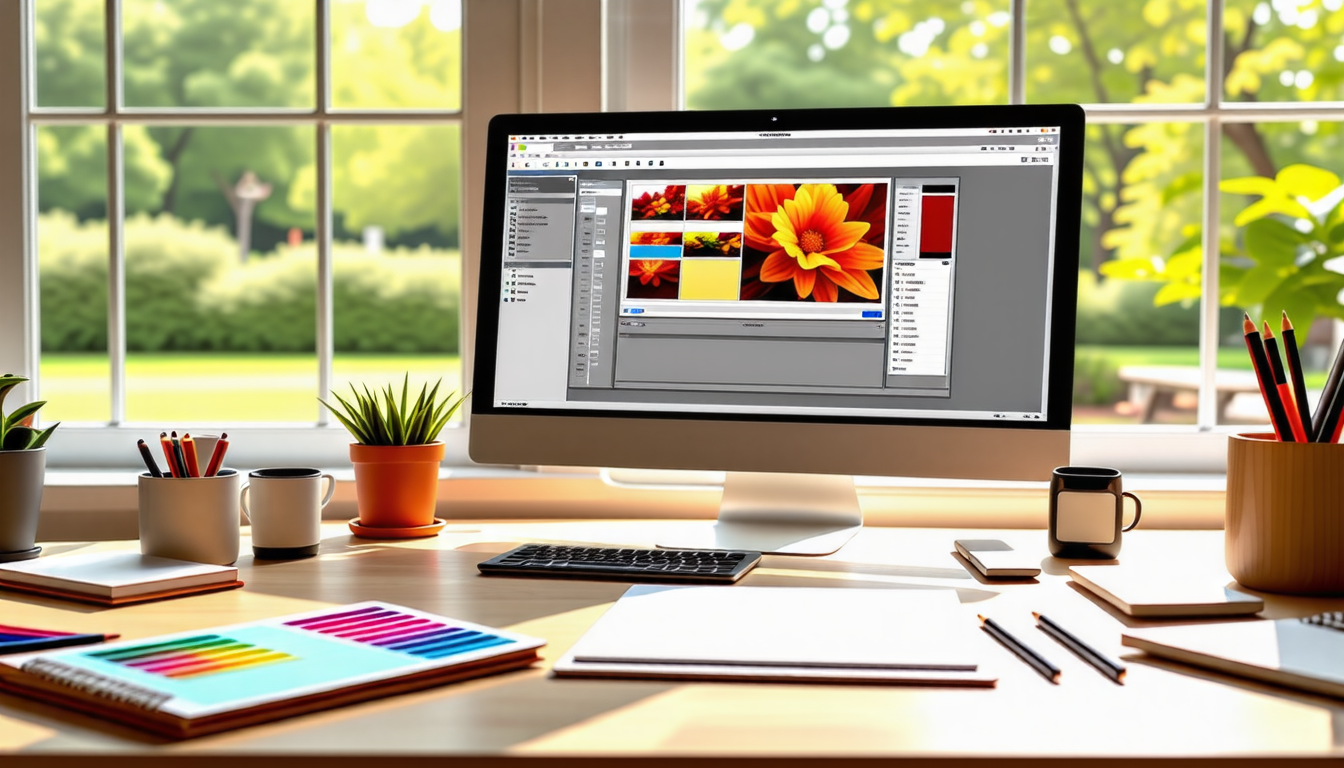|
IN BRIEF
|
In the realm of design, visual hierarchy serves as the silent conductor orchestrating the flow of information. It’s a fundamental technique that helps establish the significance of various elements, guiding the audience’s gaze and fostering a seamless user experience. Imagine stepping into a gallery, where each artwork commands attention based on its placement, size, and color—this is the essence of visual hierarchy. By skillfully manipulating factors such as size, contrast, and typography, designers can create a precise path for viewers, ensuring that the most critical information stands out. Understanding these techniques not only enhances communication but also transforms ordinary designs into captivating visual narratives that resonate with the audience and evoke a feeling of coherence and clarity.
Visual hierarchy is a fundamental principle guiding the organization of elements in design. This technique plays an essential role in capturing a viewer’s attention and conveying the intended message effectively. By prioritizing visual elements based on their importance, designers create a structured flow that guides users through content seamlessly.
From Theory to Practice
Finally, theory should always give way to practice. Engaging with projects that allow you to apply these techniques will solidify your understanding. Whether designing for print or digital platforms, embracing visual hierarchy techniques creates an impactful and coherent experience. For additional insights on best practices for designing graphics or to discover more about effective design choices, continue exploring the wealth of resources available.
Size Matters
The size of an element significantly influences its perceived importance. Larger elements typically draw more attention, while smaller components recede into the background. This principle is essential in headlines, where the size differential between a title and its accompanying text clearly communicates that the headline is the focal point of the content.
Understanding visual hierarchy techniques in design is crucial for effective communication. This principle dictates how to arrange elements based on their importance, guiding the viewer’s attention seamlessly. In a world where attention spans are waning—reports suggest an average of 8 seconds—it becomes vital to ensure that the key information gets noticed quickly.
Moreover, visual hierarchy can be established through various methods, such as employing typography effectively. By selecting appropriate fonts, designers can create a cohesive look that emphasizes the significance of different text elements. Techniques such as larger font sizes for headings foster an immediate understanding of content structure, while font selection enhances readability.
Color also plays a pivotal role; contrasting hues can distinguish primary content from secondary information, making the layout more engaging. For example, research indicates that color increases response rates by up to 80%. It is essential, therefore, to understand the basic principles of composition in design to maintain a logical flow throughout the visual experience. Principles outlined in guides like this resource provide invaluable insights for achieving visual clarity.
Finally, incorporating engaging visuals, such as infographics, not only captures attention but also aids in information retention. Tapping into this tool effectively can enhance understanding, as discussed at this link.
Understanding visual hierarchy techniques in design is essential for creating compelling and effective user experiences. By employing principles such as color variations, typography, and layout, designers can prioritize information, guiding the viewer’s eye to the most significant elements first. This organized arrangement not only enhances usability but also ensures messages are communicated clearly and efficiently. Whether you are crafting a website, print material, or any visual content, recognizing the importance of how elements interact visually will elevate your design to new heights. With a well-established visual hierarchy, you create a seamless flow of information that captivates the audience, encouraging engagement and interaction, making your work resonate powerfully.
FAQ
What is visual hierarchy in design?
R: Visual hierarchy refers to the organization of design elements in a manner that indicates their importance. Through the use of size, color, contrast, and alignment, designers guide viewers’ attention, ensuring the most critical information is seen first.
How does visual hierarchy improve usability?
R: By establishing a clear visual hierarchy, designs become more intuitive, allowing users to navigate the content more easily. It enhances user experience by making important features readily identifiable and by prioritizing information in a logical sequence.
What are some key principles of visual hierarchy?
R: Key principles include utilizing size to denote importance, color to create contrast, effective use of space to separate elements, and the strategic arrangement of text and images to guide the viewer’s eye through the design in an organized manner.
How can typography influence visual hierarchy?
R: Typography plays a crucial role in visual hierarchy by using font size, weight, and style to establish a hierarchy among textual elements. Larger, bolder fonts typically draw more attention, making them ideal for headings and key messages.
What techniques can be used to establish visual hierarchy in web design?
R: Techniques include employing contrast through color and size differences, utilizing white space for clarity, creating a grid system for layout consistency, and using imagery to highlight focal points that complement the overall design.
